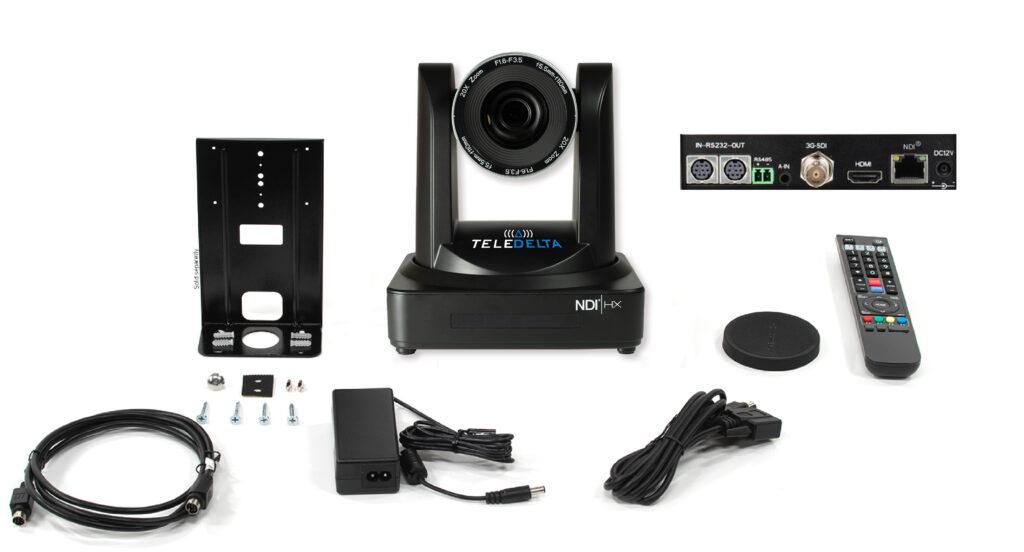TeleDelta HD1100 series cameras now available with NDI for Broadcast/Ultra Low Latency IP applications
TeleDelta has announced the addition of NDI|HX PTZ cameras to the HD1100 PTZ range of cameras.
Network Device Interface (NDI) is a free protocol for high-efficiency video streaming over IP, and these cameras are suitable for a wide range of applications including real-time broadcast distribution, studio and production environments through to commercial applications including live events such as religious centre events, eLearning, webinars, conference/boardroom environments and related live event applications.
With radio companies increasingly streaming studio pictures, and the future of video moving towards IP based distribution, TeleDelta NDI|HX capable PTZ cameras are a flexible and versatile solution, allowing multiple video streams on a shared connection.
The cameras support frame-accurate video over standard Ethernet networks, and installation can be as simple as a single ethernet cable to the camera position used to send audio, video, power and control at distances up to 100m
AVW Group Business Manager, Stefan Hunt, says: “The TeleDelta NDI PTZ cameras have remarkable abilities, the most important of which is the advanced ISP processing algorithms to provide vivid images with a strong sense of depth, high resolution, and fantastic colour rendition. The HD1100 cameras also support H.264/H.265 MPEG encoding, which makes motion video fluent and clear even under less than ideal bandwidth conditions.”

This article was first published on 18 September, 2020 https://www.radioinfo.com.au